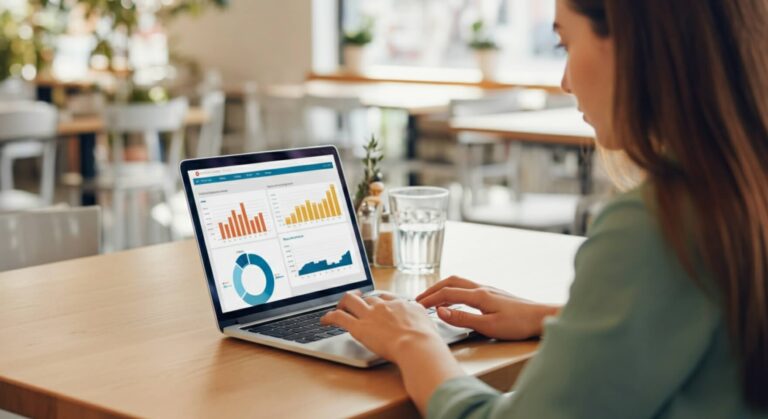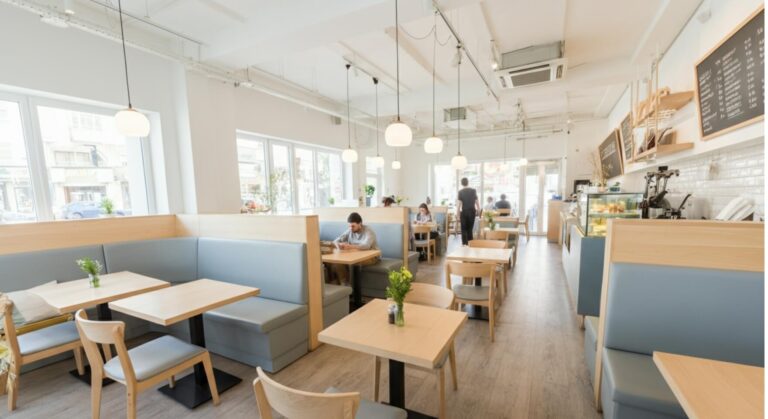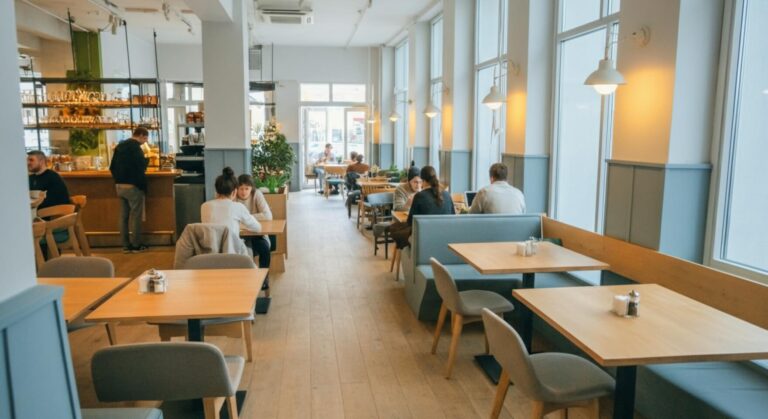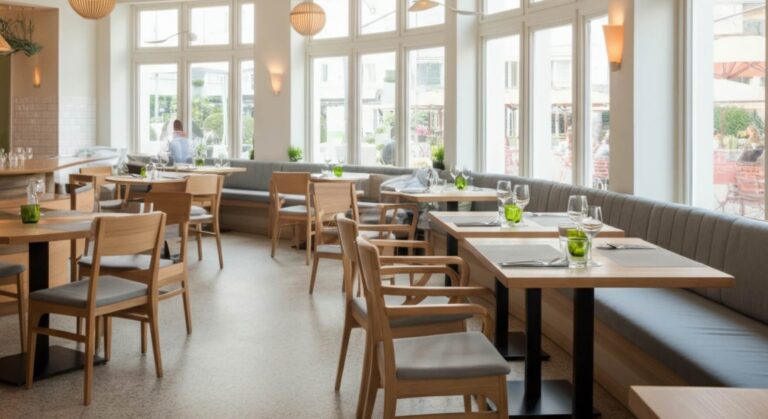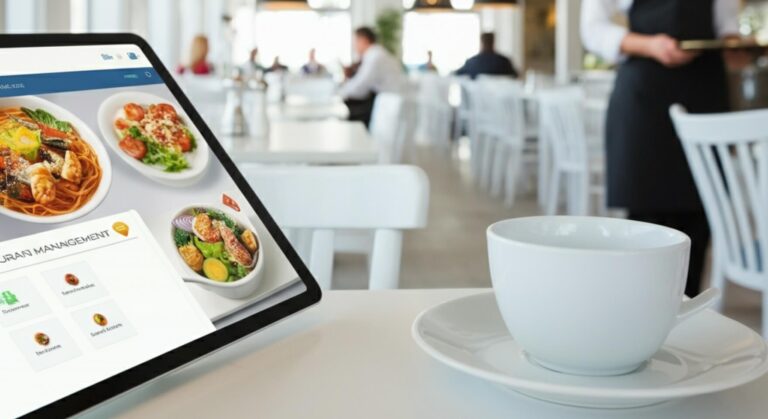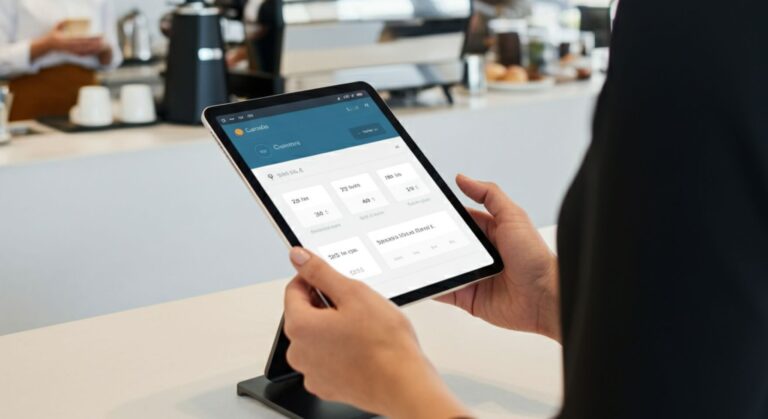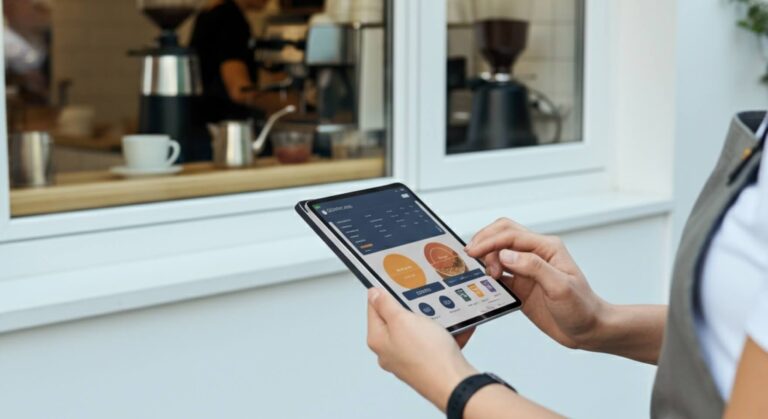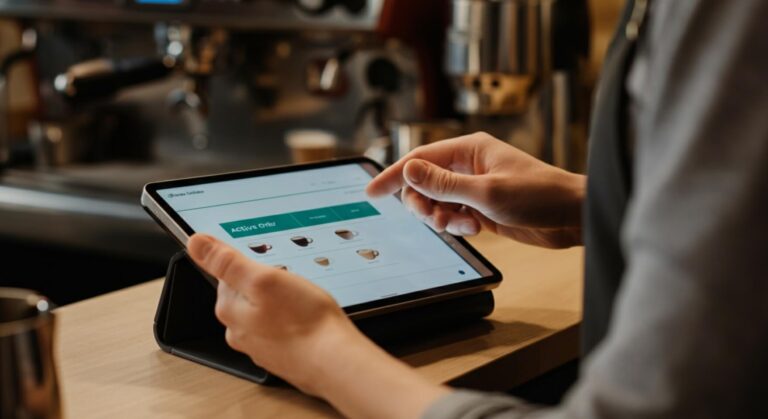
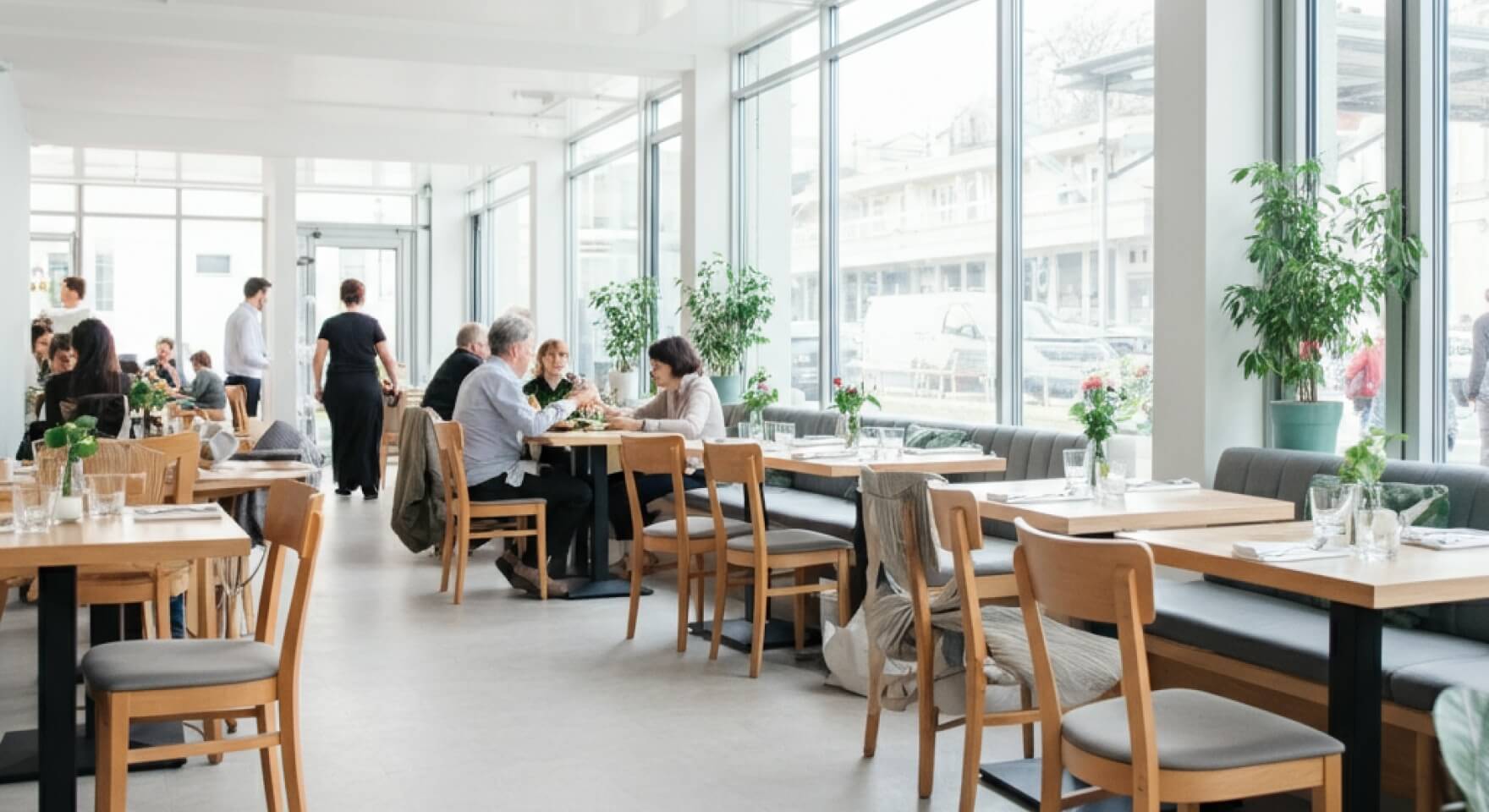
You’ve opened a restaurant or cafe. The dream has come true: guests are coming, the kitchen is running, and you’ve got your first revenue. But after the euphoria of the first few weeks, a cold question arises: where is the profit? There’s money in the accounts, but how much of it is truly yours? Without a system, it’s a mystery.
Restaurant accounting isn’t boring bureaucracy for an accountant. It’s the dashboard for your establishment, showing you where your business is headed. Ignoring it is like flying through fog without instruments. Let’s break down how to set up this system from the very beginning, step by step, so you don’t have to contact Syrve support.
The Foundation of Your Establishment: Setting Up Inventory Management
Everything starts here. Your stockroom isn’t just a place to store products; it’s a place to store your money. Without control, it will quickly turn into a black hole. Setting up proper accounting at this stage is critically important.
Step 1: Organizing Inventory Management and Proper Product Write-Offs
Clear stockroom accounting is built on three pillars: receiving, inventory counts, and write-offs.
- Receiving Goods. Every purchase must be accompanied by a delivery note. A responsible employee must check the actual quantity and quality of the goods against the documents. All data is immediately entered into the restaurant’s accounting software. This is the foundation, without which further tracking is meaningless.
- Inventory Counts. Regularly comparing actual stock levels with the data in the system is the only way to identify shortages, surpluses, and theft. This should be done at least once a month, and more frequently for key items (meat, alcohol). This is what accurate accounting is.
- Write-Offs. Spoiled products, staff meals, recipe testing—all of this must be recorded. Proper product write-offs are not an attempt to hide losses, but a way to see and analyze them. Writing off products in a restaurant without documentation is a direct path to losses.
From Product to Profit: Costing and Management in the Restaurant Business
When the stockroom is in order, you can move on to the kitchen. Your goal is to know the exact cost of every dish. This is the basis for pricing and the key to your establishment’s profitability.
Step 2: Costing and Cost Price — How to Manage Accounting in a Cafe
Here, recipe cards become the main tool. This is a detailed recipe entered into the accounting system, specifying the gross and net weight of each ingredient.
- Creating a Database. You create a complete database of your restaurant’s menu. Every dish and drink gets its own recipe card.
- Automatic Calculation. Modern accounting software automatically calculates the cost of a dish based on the purchase prices from invoices. Did a supplier’s price go up? The cost price is recalculated instantly.
- Food Cost Control. You always see the real food cost and can optimize the menu by replacing expensive ingredients or removing unprofitable items. Costing ceases to be guesswork.
Financial and Managerial Accounting in a Restaurant: Seeing the Full Picture
So, you’re in control of the kitchen. It’s time to move up a level and look at the financial performance of the entire establishment. Here, restaurant business accounting splits into two streams.
Step 3: Bookkeeping – Controlling Income and Expenses
Bookkeeping is your official reporting for the government. It includes maintaining financial records, taxes, tracking work hours, and calculating payroll. Its main task is legal compliance.
Financial accounting is a broader concept. It tracks absolutely all money movement: income and expenses. You must see every expense, from rent to napkins. Only then can you get a real picture of your financial stability.
Reporting and Automation: How to Optimize Your Business with Data
Collecting data is half the battle. The main thing is to use it correctly. Managerial restaurant accounting is the art of making decisions based on numbers.
Step 4: Key Financial Indicators for Restaurant Management
You don’t need to be a financial genius to manage a business. You just need to regularly look at a few key reports that your restaurant accounting system generates.
- Daily: Sales Report. Which dishes sell best? What is the average revenue?
- Weekly: Inventory Movement Report. Which products are running out fastest? Where are there surpluses?
- Monthly: Profit and Loss (P&L) Statement. This is the owner’s main document. It shows the net profit after deducting all expenses.
Automation is what makes all these steps possible. Trying to do managerial accounting in a notebook is a dead end. Modern restaurant accounting software is the central nervous system of the business. It integrates bookkeeping and managerial accounting, can include modules like food delivery service software, and, for example, with good Syrve support, allows you to implement clear accounting from day one. Such a system helps organize accounting and increases management efficiency.
Setting up accounting in the restaurant business is not a one-time action, but an ongoing process. But by laying the right foundation from the very beginning, you transform your establishment from a “black box” into a transparent and manageable machine. The only question is, are you ready to be the pilot of your business, not just a passenger?

